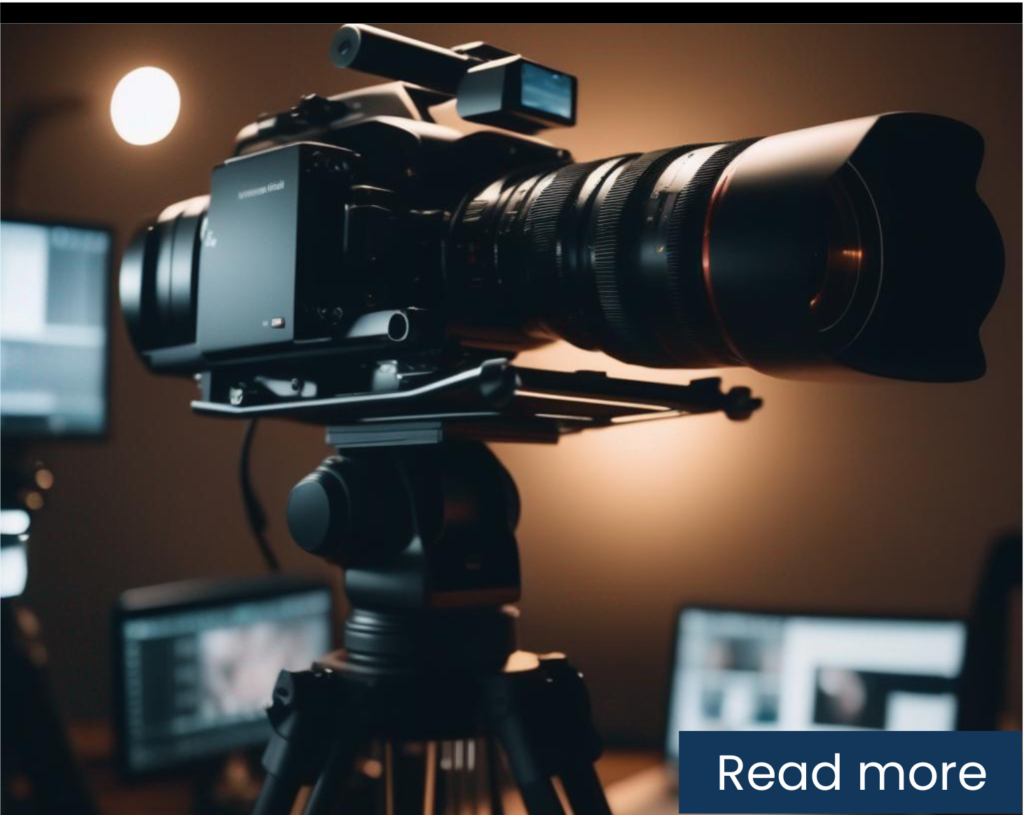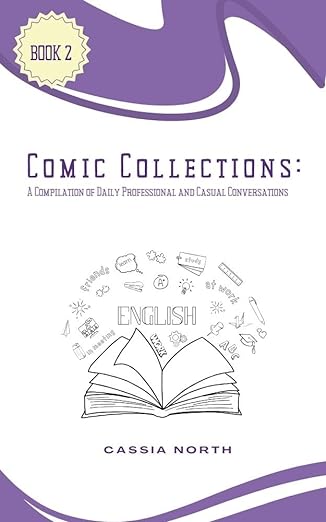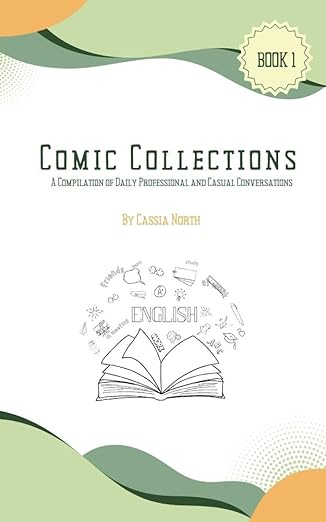
English Blogs
"Let's Learn, Explore, and Connect to the World"
Future (Be going to) 6
- Tokita Akira
- Basic English Grammar Blog

VI. Expanding Your Practice with 'Be Going To'
To achieve proficiency in using the ‘be going to’ construction for future intentions and plans, engaging in diverse and consistent practice is essential. Here are some effective strategies and resources to help you expand your practice and deepen your understanding of this important aspect of English grammar.
Interactive Exercises and Activities
Future Plans Discussion: Engage in conversations or writing exercises where you discuss your future plans using ‘be going to’. Talk about your next vacation, career goals, or weekend plans.
Predicting Future Events: Practice making predictions about future events based on current evidence. This could involve discussing weather changes, outcomes of sports events, or global trends.
Role-playing Scenarios: Participate in role-playing exercises that require planning future actions. For example, simulate planning a trip, organizing an event, or making decisions about future studies or career moves.
Enhancing Conversational Skills
Daily Usage: Try to incorporate ‘be going to’ into your daily conversations. This could be as simple as telling a friend what you are going to do after work or discussing your plans for the next holiday.
Writing Practice
Journal Entries: Write journal entries about your future plans using ‘be going to’. Reflect on what you plan to achieve in the coming days, months, or years.
Social Media Posts: Use social media to share your future plans or predictions about specific topics, employing the ‘be going to’ construction.
Recommended Resources for Further Learning
YouTube Channels: Watch educational videos on channels dedicated to English learning, particularly those that focus on verb tenses and future constructions.
Listening and Comprehension Practice
Podcasts and Audiobooks: Listen to podcasts or audiobooks where speakers often discuss future plans or predictions. Pay attention to how ‘be going to’ is used in different contexts.
Movies and TV Shows: Watch English movies and shows, noting how characters talk about their future plans or make predictions.
Creative Writing
Short Stories: Write short stories where characters are planning future actions. Focus on using ‘be going to’ to express their intentions and plans.
Future Scenarios: Create scenarios set in the future and describe them using ‘be going to’. This could be about technological advancements, environmental changes, or personal life in the future.
Conclusion
Expanding your practice with the ‘be going to’ construction is key to mastering its use in expressing future plans and predictions. Through a combination of speaking, writing, listening, and engaging with educational resources, you can enhance your grasp of this essential aspect of English grammar. Regular practice and application in varied contexts will build your confidence and fluency in using ‘be going to’ for future intentions.
Latest Blogs
Reading comprehension quiz
Check out our books and more!
Comic Collections : A Compilation of Daily Professional and Casual Conversations (Book 3)
Discover the joy of conversation with “Comic Collections: A Compilation of Daily Professional and Casual Conversations,” a whimsically illustrated comic book that transforms talking into an adventure. Ideal for those eager to polish their chatting skills, this light-hearted guide is a trove of insights presented in a uniquely entertaining format.
Check out our Blogs!
Read our everyday blogs and expand your knowledge about English and Video Editing here in SEKAEL.


Learn through Basic English Grammar Blogs by widening your English vocabulary and learning English Grammar.























